TecTecTec KLYR vs Blue Tees Series 3 Max Rangefinder: Read Our Head-To-Head Verdict
How do these two great value golf rangefinders compare? We put them both to the test to find out.
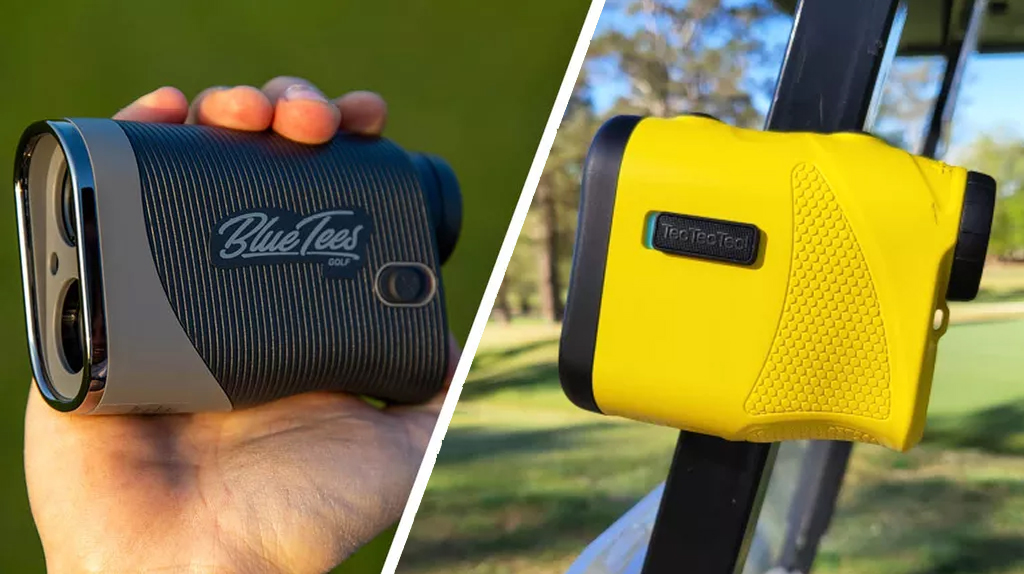

David Usher
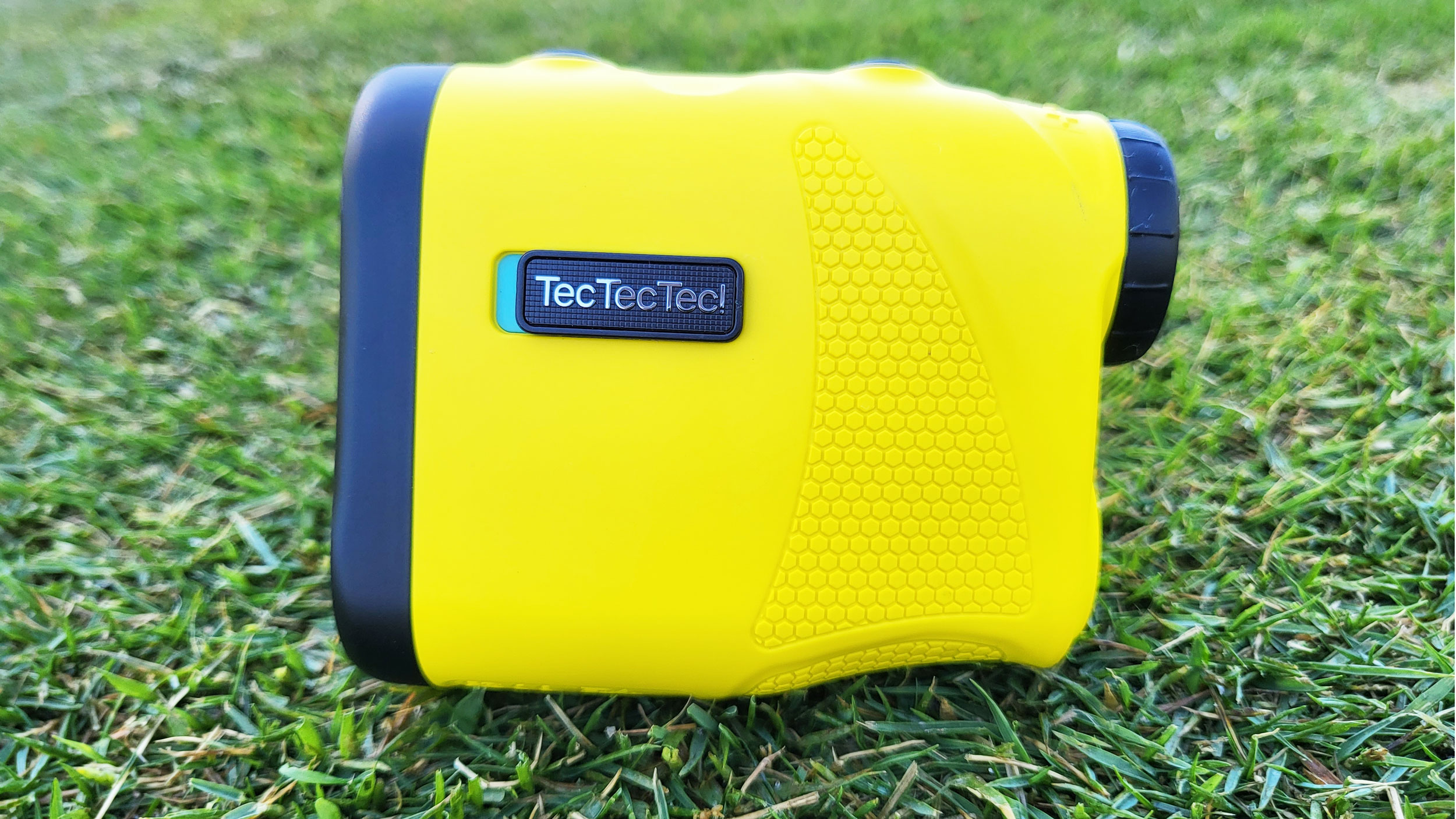
Compact, stylish, and functional, the TecTecTec KLYR laser rangefinder is a revelation at its highly competitive price point. The KLYR is fast and accurate while also offering features such as target lock and slope that every golfer wants in a rangefinder.
For
- Impressively vibrant display optics
- Extremely accurate even from long range
- Retrieves actual and adjusted yardages quickly
- Sleek and stylish aesthetically
- Tremendous value at its price point
Against
- Not waterproof
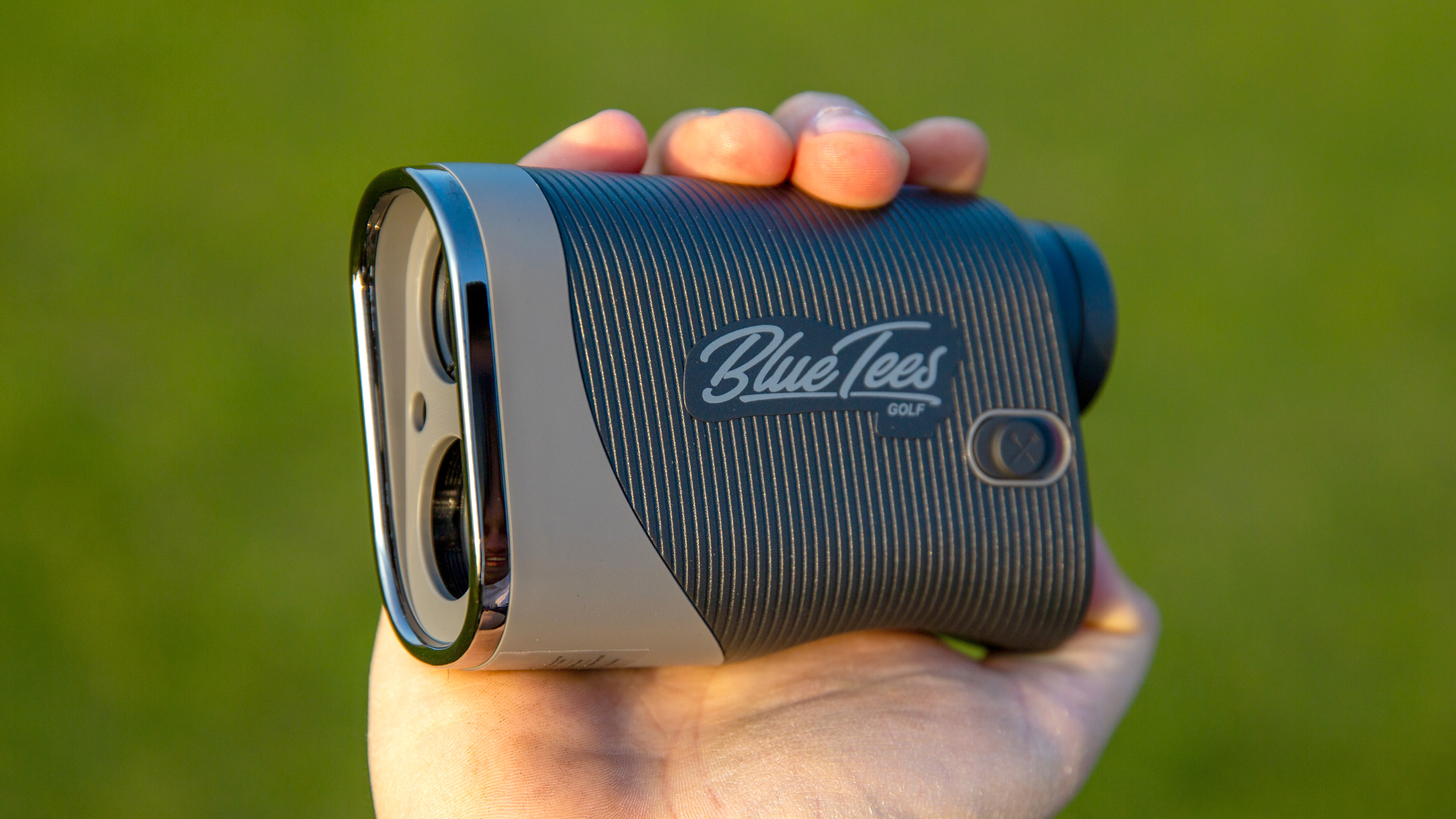
A premium looking and performing laser rangefinder without the punchy price. The user experience was near faultless with the display showing accurate distances quickly with the minimum of fuss.
For
- Exceptional clarity and speed
- Premium aesthetics
- Excellent value for money
- Sturdy carry case included
Against
- Does not show battery level in the display
TecTecTec KLYR vs Blue Tees Series 3 Max Rangefinder: Read Our Head-To-Head Verdict
As technology within golf continues to grow and become more advanced, a golfer who takes to the course without some form of distance measuring device to give themselves the most accurate yardages is now at a significant disadvantage.
Knowing exactly how far you need to hit your shot not only allows you choose the correct club, it also helps you to commit to the shot without that nagging doubt in the back of your mind as to whether you have too much club, or indeed not enough.
Using a rangefinder is one of the best ways to get quick and accurate distances to the flag (as well as bunkers, water hazards and lay up spots) while the best golf watches and best golf GPS devices provide overhead hole maps and front, middle and back distances.
In this article we're concentrating on laser rangefinders and specifically two models which we've really enjoyed testing this year; the TecTecTec KLYR (pronounced 'clear') and the Blue Tees Series 3 Max Laser Rangefinder. Both offer a host of useful features while coming in at a reasonable price point. We pit them against each other in this head-to-head test to see which model might be right for you.

Design
A rangefinder needs to be comfortable to hold, otherwise you will struggle to pick up the yardage to the flag, which obviously isn't ideal for you but will also hold up any groups who are behind you. Comfort and stability are vital in a good rangefinder.
The shape of the Blue Tees S3 is spot on and we loved the chrome detailing at the front. It comes in three, and its rubberized plastic body and sealed seams leads to superior water resistance.
Weight-wise, the Blue Tees comes in at 225-grams and that extra weight does make a difference, as the heavier setup means you can hold it more securely in windier and more extreme conditions.
Get the Golf Monthly Newsletter
Subscribe to the Golf Monthly newsletter to stay up to date with all the latest tour news, equipment news, reviews, head-to-heads and buyer’s guides from our team of experienced experts.
What stood out in testing of the KLYR was how compact and light it was. Further research revealed that this device is about 30 percent smaller than most of its competitors. That said, in spite of its lightweight design and diminutive size, the KLYR felt extremely sturdy in hand and stacks up well against more established brands like Bushnell for example.
The KLYR is water resistant but not waterproof, so that's something to keep in mind. There are four color options; black, blue, white and the vibrant yellow model which we tested.
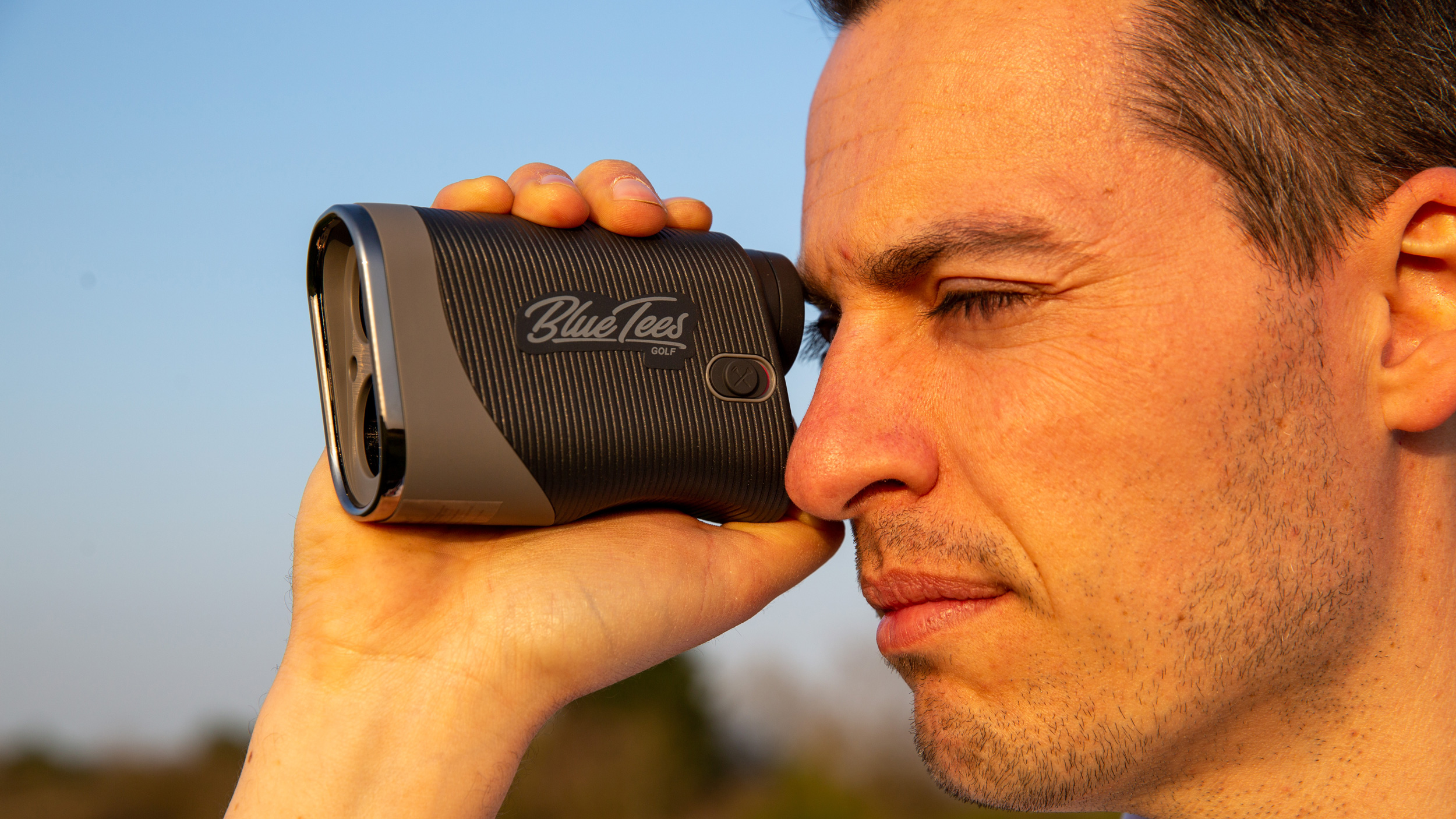
Display
The rangefinder's display is one of the most important aspects when it comes to making your choice. You want something that offers a clear, vivid view of what lies ahead which makes it easier to pick out targets while the graphics need to present the information in a format that is easy to interpret.
Both models perform well here, displaying the target clearly. Starting with the Blue Tees, the display is very clear and bright, no matter how dim the conditions are that you are playing in. The clear looks are thanks to the auto ambient display, with the Blue Tees also showing the degree of elevation change in slope mode, perfect for practice and social rounds with your friends. Such is the performance, it ranks as one of the best budget golf rangefinders on the market.
The KLYR is pronounced “clear” and it’s an apt choice for this device, as its display optics are incredibly vibrant. Additionally, the visual display of the KLYR in slope mode does a great job of differentiating between actual and adjusted yardages, the latter of which is more important and deservedly featured more prominently. Rest assured, however, that you can use this device in tournament play. There is a switch to turn slope off and also a mode option to not display adjusted yardages, making it an excellent rangefinder for slopes. You can also set the KLYR to display in yards or meters, depending on your preference.

Ease of Use
Both of these rangefinders are very user-friendly and quickly deliver a highly accurate distance number.
The KLYR stood out in terms of how fast it captured yardages and its range. Yardages were populated in the display almost immediately after shooting a target and the device features target lock vibration technology to provide reassurance that you have the correct number. Occasionally you may have to hold the button longer to get the locking vibration from longer distances, but it will always get the job done.
The Blue Tees's ease of use is superb. When in use, the flag is picked out very quickly with a minimum of fuss and you also get the vibration to reassure you but, to be honest, it wasn’t really needed - such was the effectiveness of the Flag Lock feature. As with the KLYR, the Blue Tee S3 has a Slope feature which is easily disabled using the button on the side.
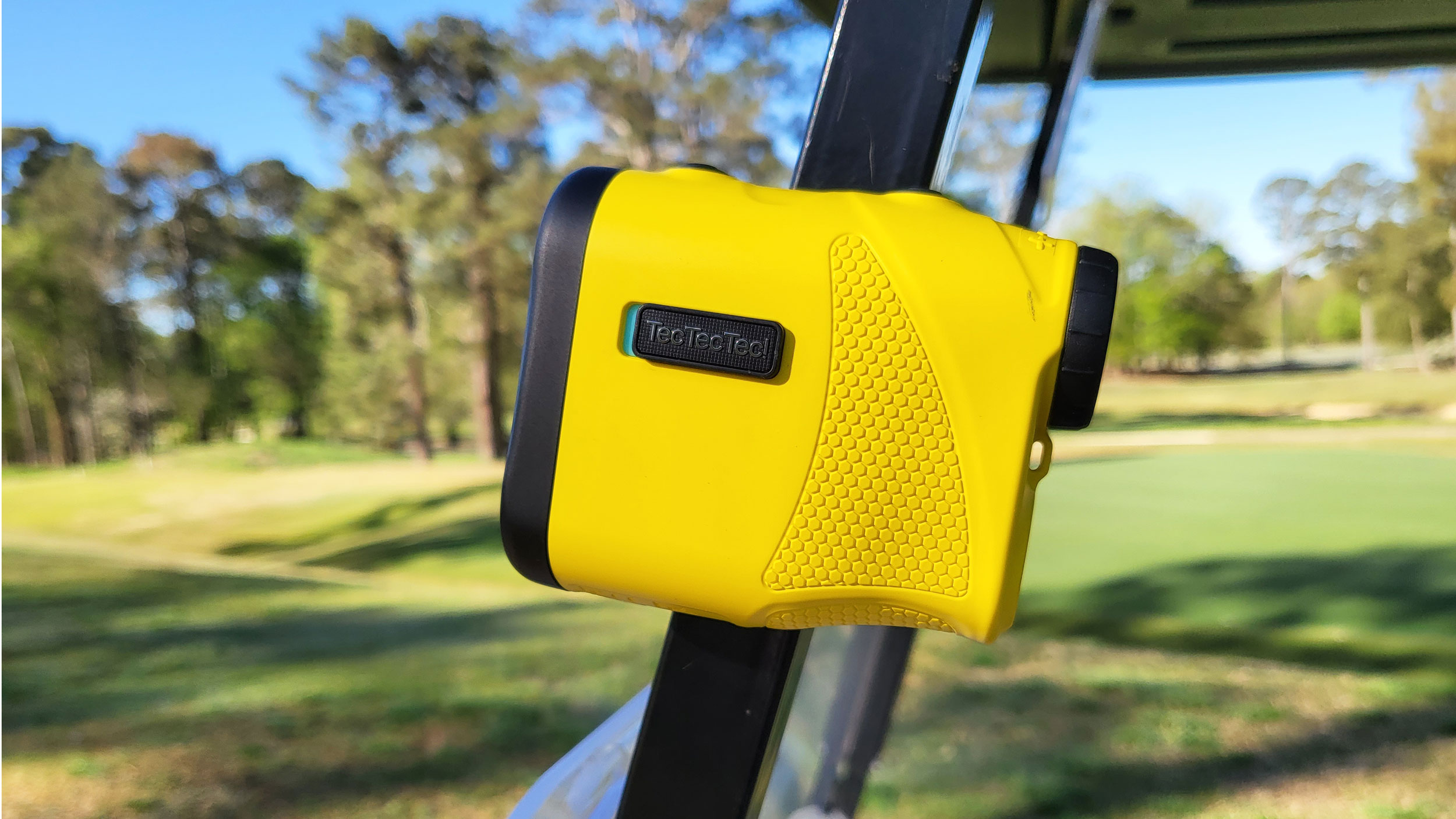
Features
The vivid display of the Blue Tees Series 3 Max is arguably this laser’s standout feature. Meanwhile, the lock and vibration features assures the user that they have the correct target, which means less guesswork and time spent on reshooting for distances.
It also has a built-in magnet, which allows you to attach it to the buggy frame for added convenience. The carry case looks smart but the magnetic clasp often comes loose and metal that covers it easily scratches, which is disappointing. You also get two extra CR2 batteries included in the box.
The KLYR also offers some other features that add to its overall value as well. It comes in a nice carrying case that you can easily attach to your bag, and there’s a magnet on the device that allows it to be secured to a riding cart during play. Additionally, a magnetic belt clip is included so you can keep the KLYR attached to your belt while you play.
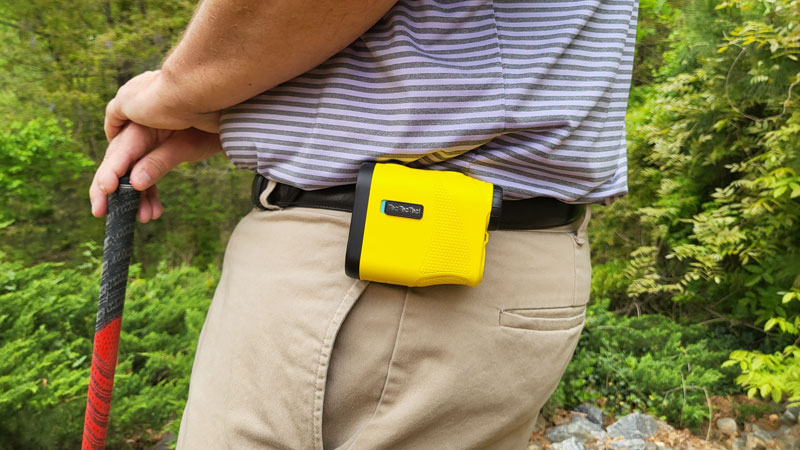
Overall Appeal
Both of these rangefinders are superb performers and would be an excellent addition to the side of your bag, or indeed your belt if you choose the KLYR.
The Blue Tees is a cool, functional device that won't break the bank. The variety of features will be enough for all levels of golfers to get the information they need in a quick, convenient manner.
Kudos also to the KLYR. It delivered all of the functionality that you would expect in a laser rangefinder and did so in a compact, stylish package, including the eye-catching yellow color that we tested. Add in the fact that this device retails for just $199.99, which is significantly less than some of its competitors, and you have a product that should warrant serious consideration from golfers who are in the market for a new rangefinder.
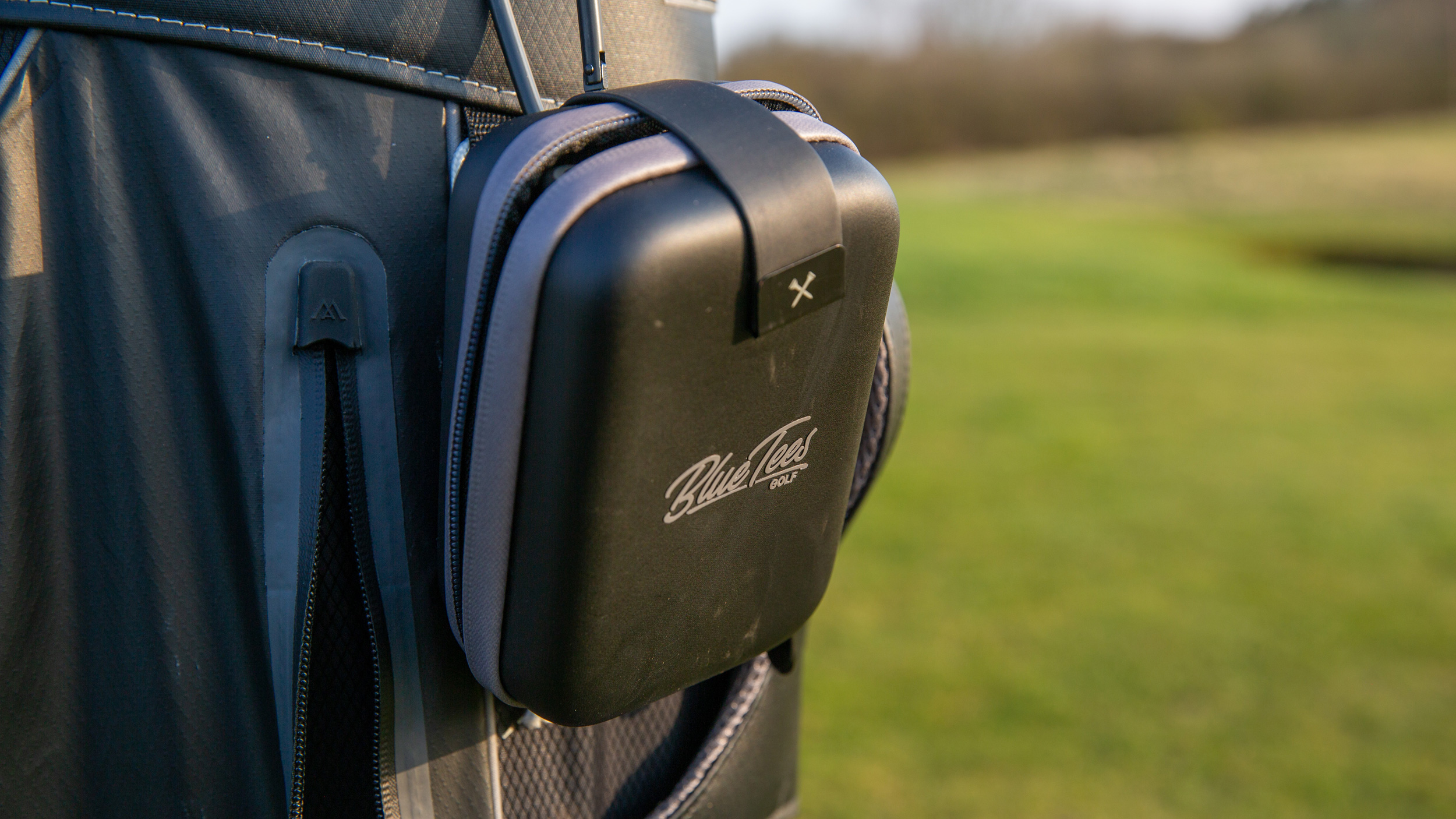
Which one should you choose?
Choose the Blue Tees Series 3 Max Rangefinder if…
- You want a weighty, more substantial feel when trying to pick out the flag
- You want the option to attach it magnetically to a cart frame
- You want a wide choice of colors
Choose the TecTecTec KLYR Rangefinder if…
- You want an inexpensive rangefinder that gives you a fast, accurate number
- You want to wear it on your belt instead of on your bag
- You prefer a smaller, more compact device
For more golf tech advice, check out our guides on the best women's rangefinders, best launch monitors, or best golf gadgets.

Joel has worked in the golf industry for over 15 years covering both instruction and more recently equipment. He now oversees all equipment and video content at Golf Monthly, managing a team of talented and passionate writers and presenters in delivering the most thorough and accurate reviews, buying advice, comparisons and deals to help the reader or viewer find exactly what they are looking for.
One of his career highlights came when covering the 2012 Masters he got to play the sacred Augusta National course on the Monday after the tournament concluded, shooting a respectable 86 with just one par and four birdies. To date, his best ever round of golf is a 5-under 67 back in 2011. He currently plays his golf at Burghley Park Golf Club in Stamford, Lincs, with a handicap index of 3.1.
Joel's current What's In The Bag?
Driver: Titleist GT3, 9°, Fujikura Ventus Black 6 S shaft.
Fairway wood: Titleist TSR3, 15°
Hybrid: Titleist TSi2, 18°
Irons: Titleist T150, 4-PW
Wedges: Titleist Vokey SM10, 50°, 54° and 58°
Putter: LAB Golf DF3
Ball: 2025 Titleist Pro V1x
-
 JM Eagle LA Championship Prize Money Payout 2025
JM Eagle LA Championship Prize Money Payout 2025The LPGA Tour heads to California for the JM Eagle LA Championship, where the largest prize money payout of the season so far is on the table
By Mike Hall
-
 Corales Puntacana Championship Prize Money Payout 2025
Corales Puntacana Championship Prize Money Payout 2025The PGA Tour’s latest opposite field event features an attractive prize money payout and some former champions in the field
By Mike Hall
-
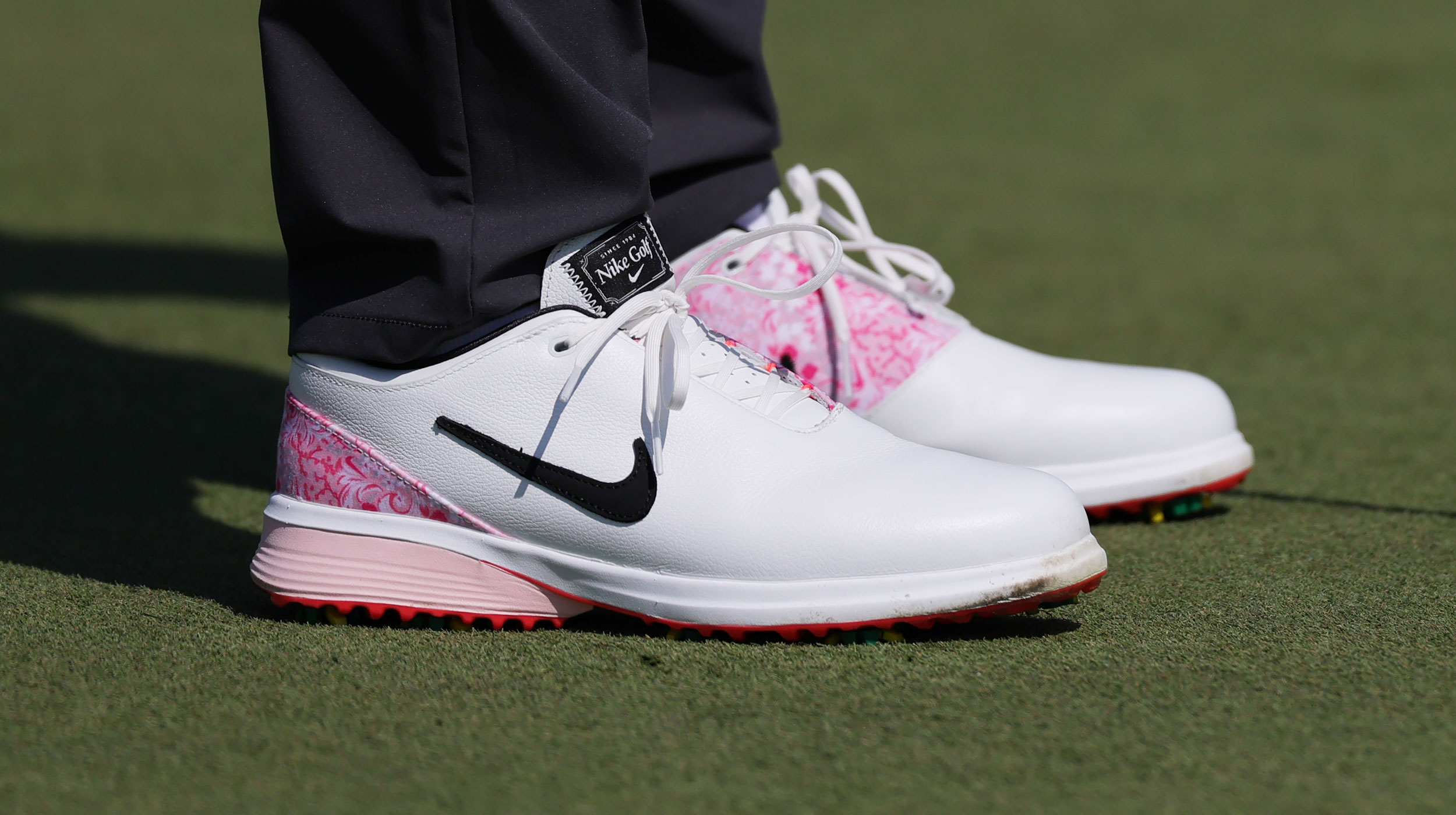 Rory McIlroy's Masters Winning Golf Shoes Are Sold Out Everywhere But Here Is How You Can Get A Pair
Rory McIlroy's Masters Winning Golf Shoes Are Sold Out Everywhere But Here Is How You Can Get A PairThe image of Rory falling to his knees in celebration at Augusta will live forever, but how can fans buy his limited edition shoes if they're sold out almost everywhere?
By Conor Keenan
-
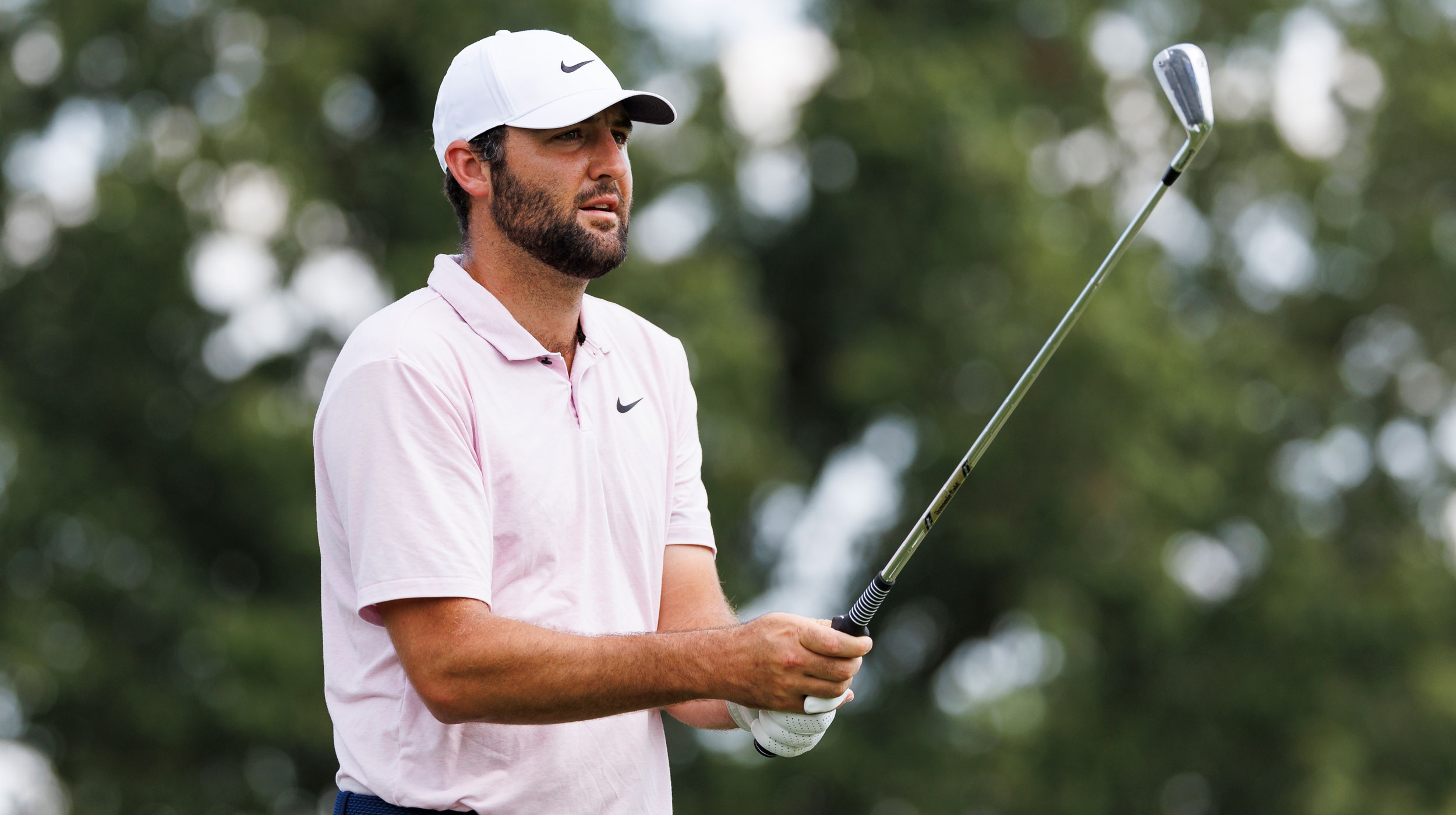 Will This $10 Training Aid Propel Scottie Scheffler To Masters Glory?
Will This $10 Training Aid Propel Scottie Scheffler To Masters Glory?Going for his 3rd Green Jacket in 2025, is this cheap training aid the secret to Scheffler's success?
By Joe Ferguson
-
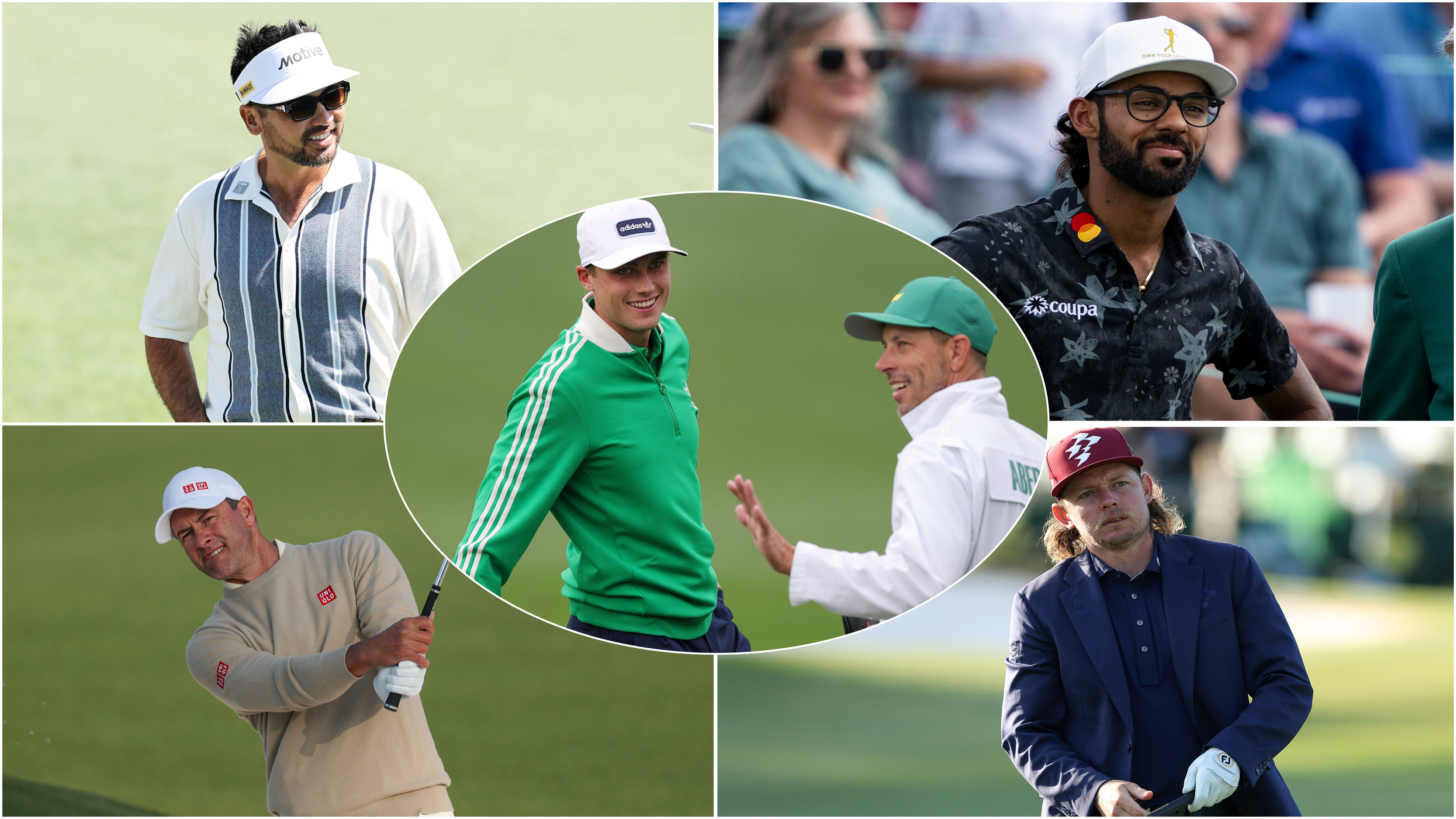 Is Ludvig Aberg The Most Stylish Golfer At The Masters?
Is Ludvig Aberg The Most Stylish Golfer At The Masters?Ludvig Aberg is the face of the latest adidas Originals Golf collection this week at Augusta but what other golfers are catching the eye fashion-wise?
By Conor Keenan
-
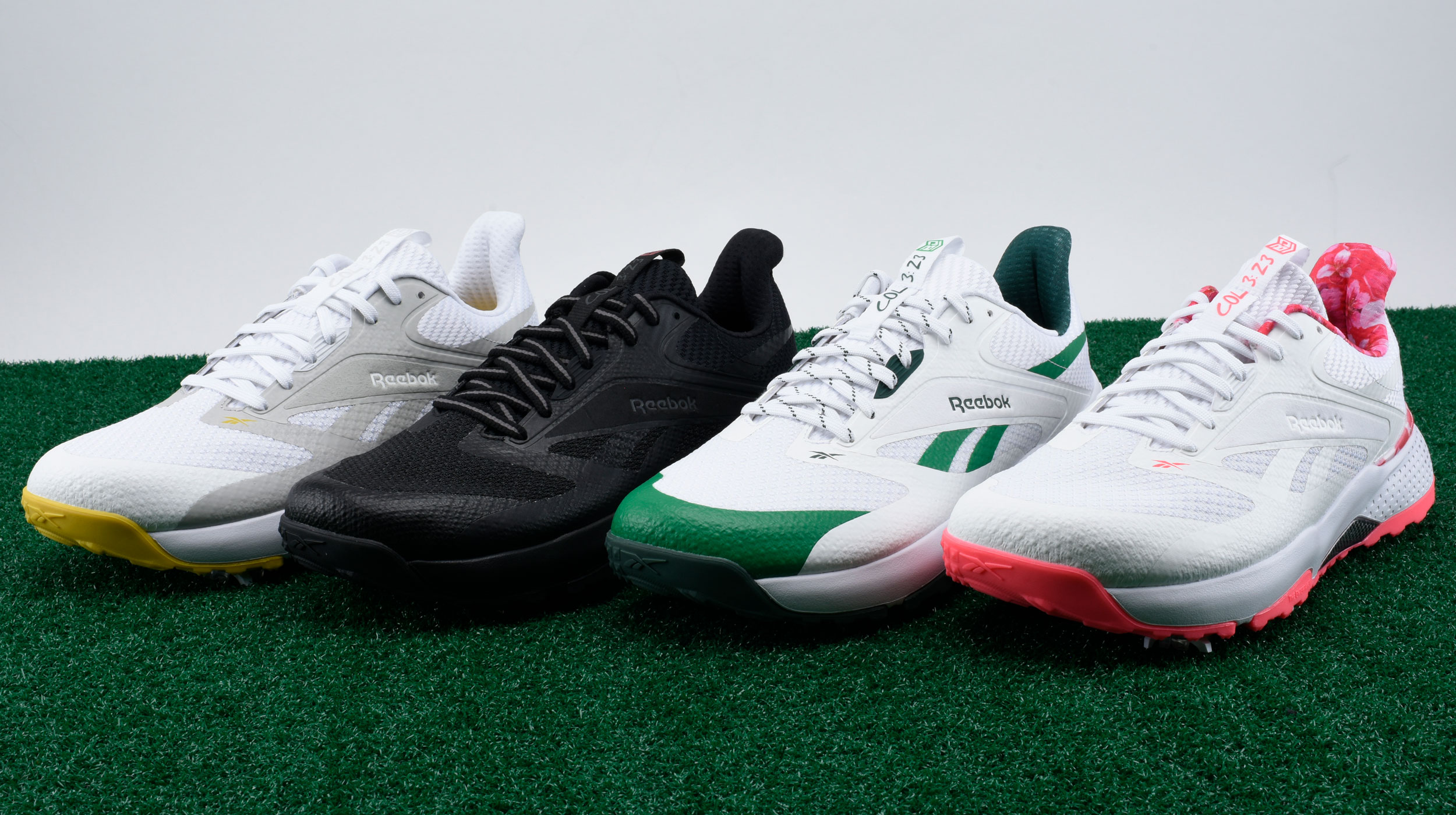 Can I Buy Bryson DeChambeau’s Reebok Golf Shoes?
Can I Buy Bryson DeChambeau’s Reebok Golf Shoes?The American US Open champion recently signed with Reebok and he is wearing shoes from the brand, but can you actually buy his shoes? We tell all...
By Sam Tremlett
-
 Jason Day Masters Outfit - What Is The Australian Wearing At Augusta National?
Jason Day Masters Outfit - What Is The Australian Wearing At Augusta National?It's more subdued than his first round outfit back in 2024, but Jason Day is sporting another striking Malbon outfit on the opening day of the Masters Tournament
By Conor Keenan
-
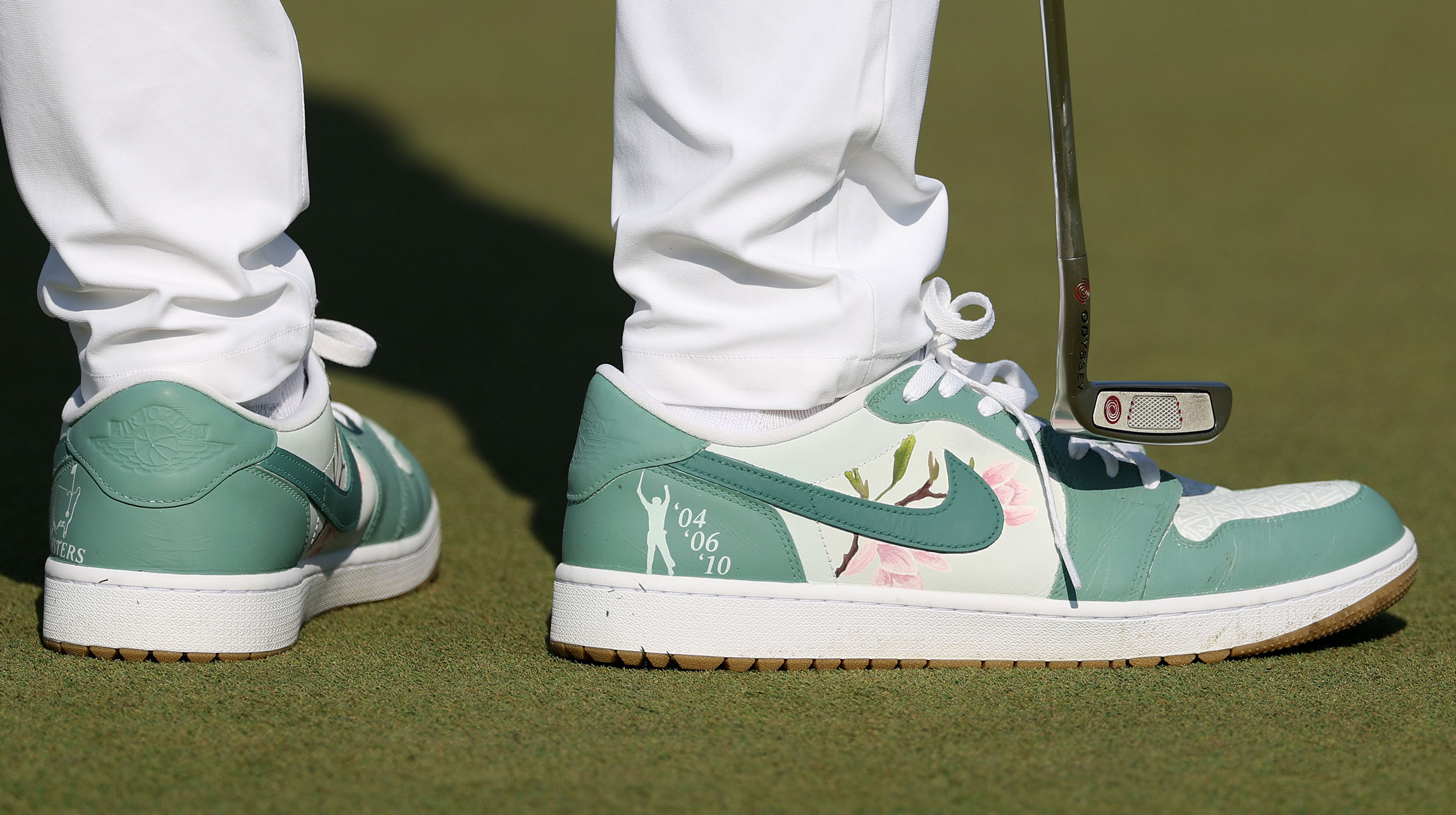 Spotted: Phil Mickelson's Masters Shoes Are Custom-Made And I Need To Get A Pair
Spotted: Phil Mickelson's Masters Shoes Are Custom-Made And I Need To Get A PairMickelson was spotted with custom Nike golf shoes at The Masters, and they might be the coolest thing I've seen this week.
By Sam Tremlett
-
 Spotted At The Masters: Nike's Limited Edition Shoes At Augusta National
Spotted At The Masters: Nike's Limited Edition Shoes At Augusta NationalNike athletes were spotted wearing some rather loud pink golf shoes at The Masters in 2025...
By Sam Tremlett
-
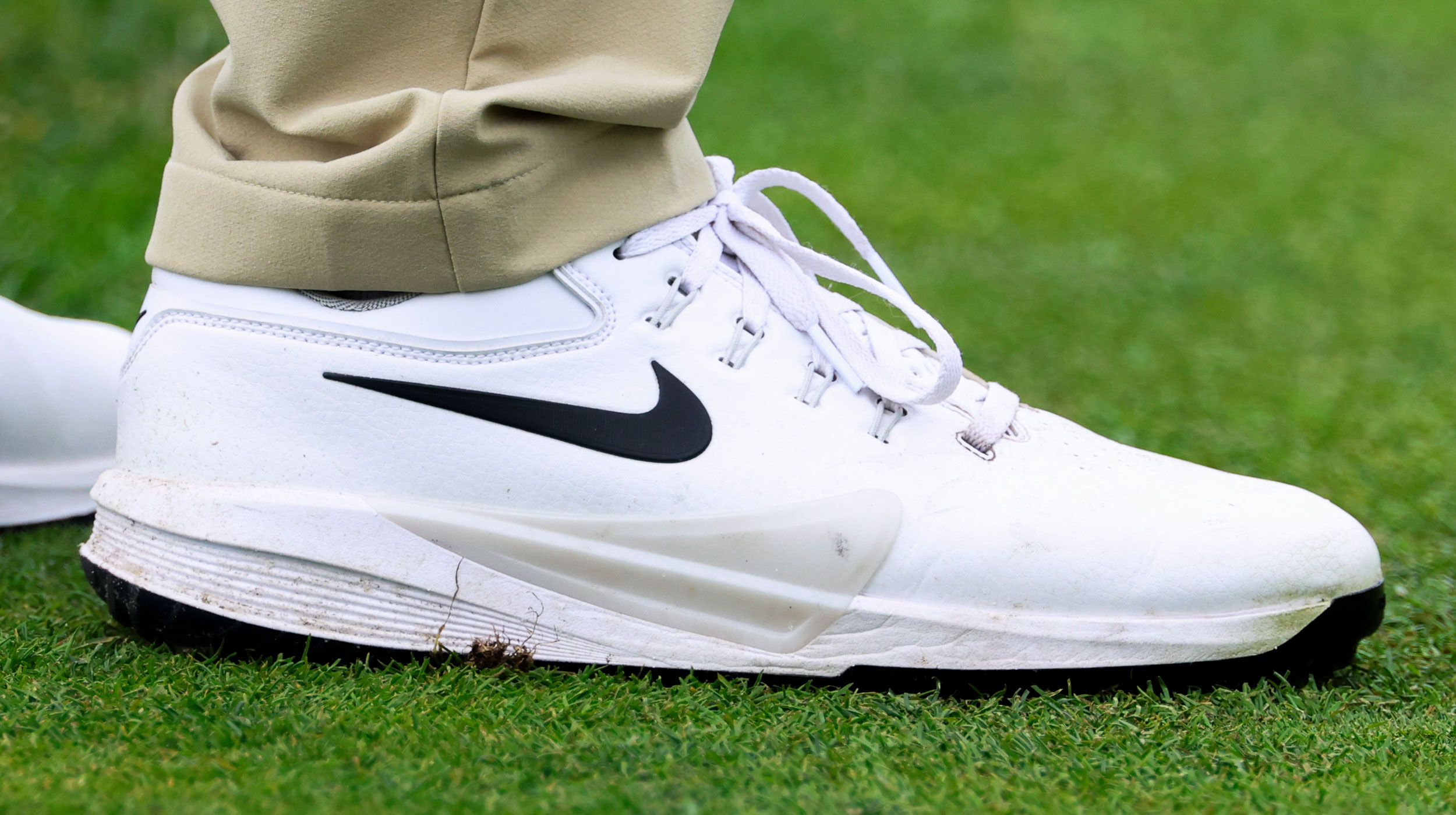 Scottie Scheffler's Secret Weapon? Nike Unveils New Shoe Co-Designed By The World's Best Golfer
Scottie Scheffler's Secret Weapon? Nike Unveils New Shoe Co-Designed By The World's Best GolferThe American world number one helped design the new Victory Pro 4, and now we can get it as well...
By Sam Tremlett